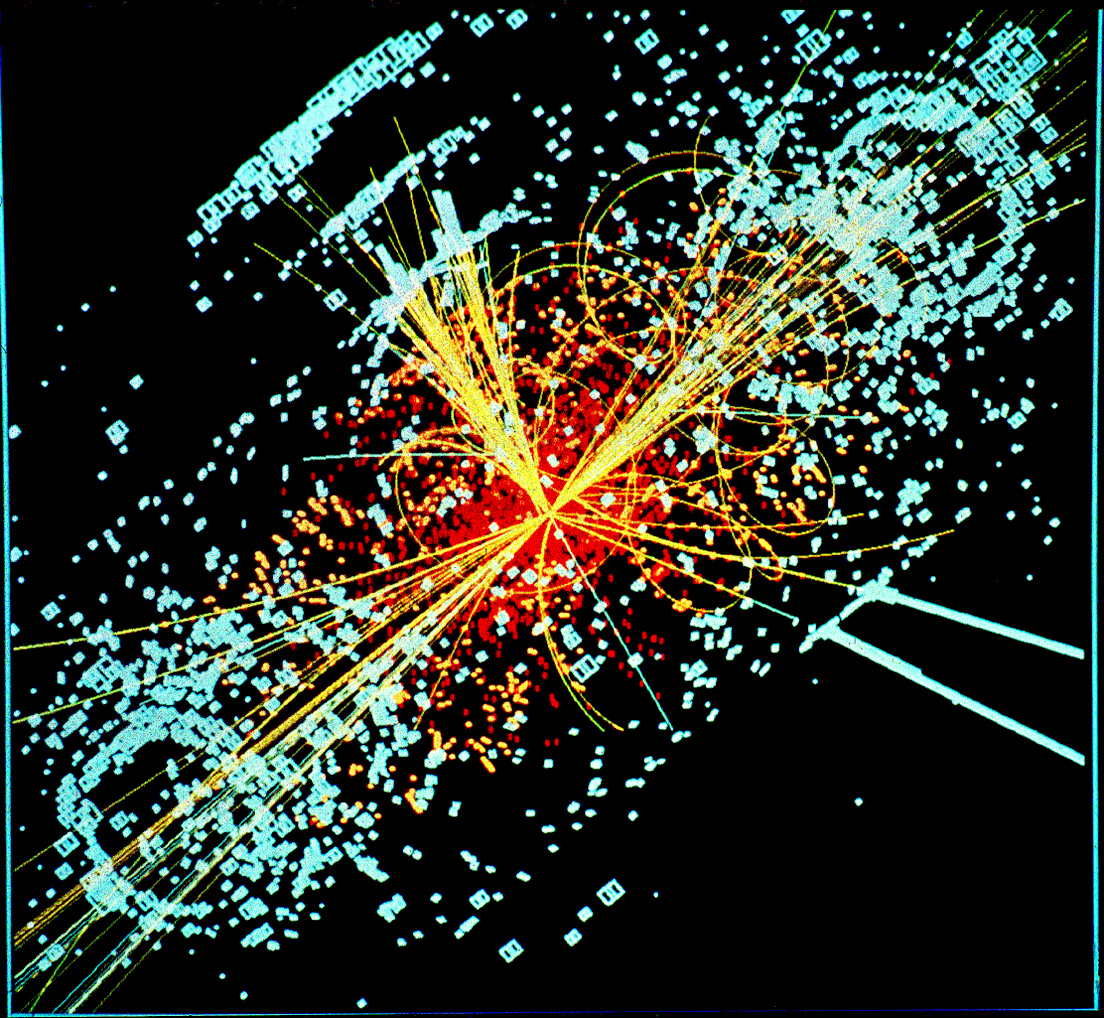Scientists make the first ever time crystals that break time
Time crystals were hypothesized in 2012 by Nobel laureate Frank Wilczek. At first, many other physicists dismissed the possibility of the existence of such objects. However, at the beginning of March two papers on the first time crystals were published in Nature. They are not exactly as Wilczek predicted, but they are very interesting and weird. Time crystals are charged atoms that oscillate continuously in space with some period without supplying any energy. Their pattern of movement repeats, like the atoms repeating in a crystal lattice. Some might think that this could be considered a perpetuum mobile, but you cannot harvest any useful energy from this system.
Why do the time crystals break time? Time reversal symmetry is one of the most fundamental symmetries in the universe. It says that if a system in a certain state is maintained in the same conditions, when we wind back the clock the system should remain in the same state. However, not all physical phenomena preserve this symmetry, like magnetism. This arises from the fact that a magnet has a spontaneous magnetisation due to tiny current loops running around the magnetically active atoms, e.g. iron, cobalt and nickel. Say we run time forward and the currents circulate anti-clockwise around an atom; this produces a magnetic moment perpendicular to the plane of the current, and say it points up. When we reverse time, the current now runs clockwise, and this causes the moment to point down. This means that upon time reversal the state of our magnet is different, and time reversal symmetry is broken.
A similar situation is observed in the time crystal. The oscillation needs a pulse at some frequency to start it off. The movement of the particles then oscillate, but their frequency of oscillation is different to that of the pulse that initiated it. An interesting analogy to illustrate the situation is provided by Norman Yao from Berkeley who was an author on both of the recent papers: “It’s like playing with a jump rope, and somehow our arm goes around twice but the rope only goes around once”. Therefore, the time crystal breaks the time reversal symmetry.
The crystal might potentially be used as a an excellent sensor, but there is also speculation it might be able to make quantum simulations possible without cryogenics, which would be an enormous achievement. This work also shows how scientists from all over the world can come together to make something truly remarkable.
Supercomputers make extremely precise predictions about the physics of the universe
At the moment, the Standard Model of particle physics is the most successful theory that describes the interactions of subatomic particles. However, this theory is not able to describe everything. To make a step forward towards new models and perhaps a complete theory, physicists from the US Department of Energy’s (DOE) Argonne National Laboratory carry out very precise calculations to find new things that cannot be explained using the Standard Model. The framework developed by the Argonne team is used to analyze experimental data using a supercomputer called Mira.
One of the most exciting parts of this research is that the results of the calculations may be able to make dark matter detection possible at the LHC. The experimental tools at the LHC are extremely precise and hence Mira is the complementary tool used by theorists. One of the researchers remarked: “We’re also so lucky to have supercomputers like Mira because now is the moment when we need these powerful machines to achieve the level of precision we’re looking for; without them, this work would not be possible.” Technological advancements in equipment as well as computing always provide new avenues for scientists to explore. This exciting development with Mira has the potential to allow physicists to make ground-breaking discoveries and completely change our view of the world and what it’s made of.








